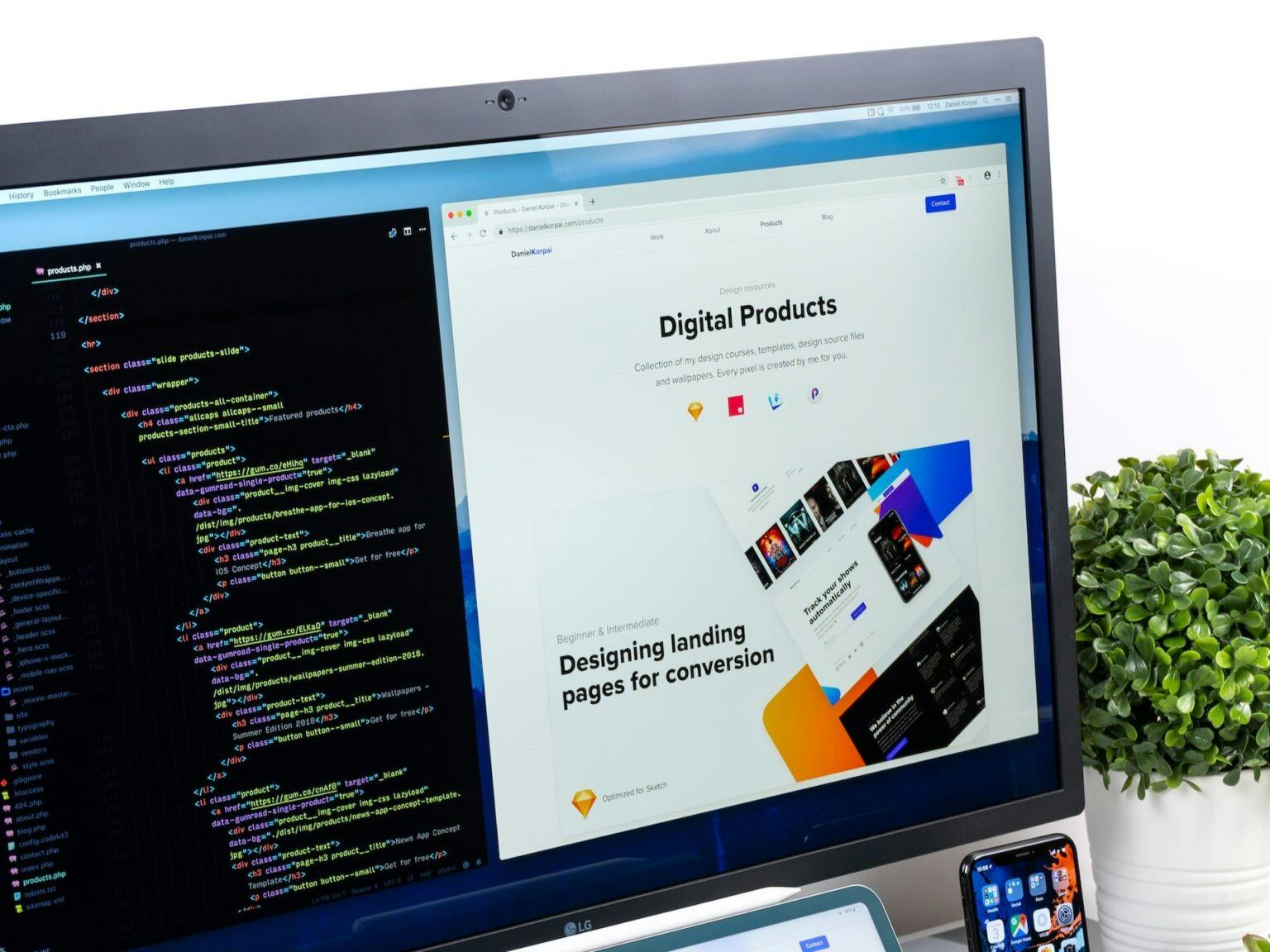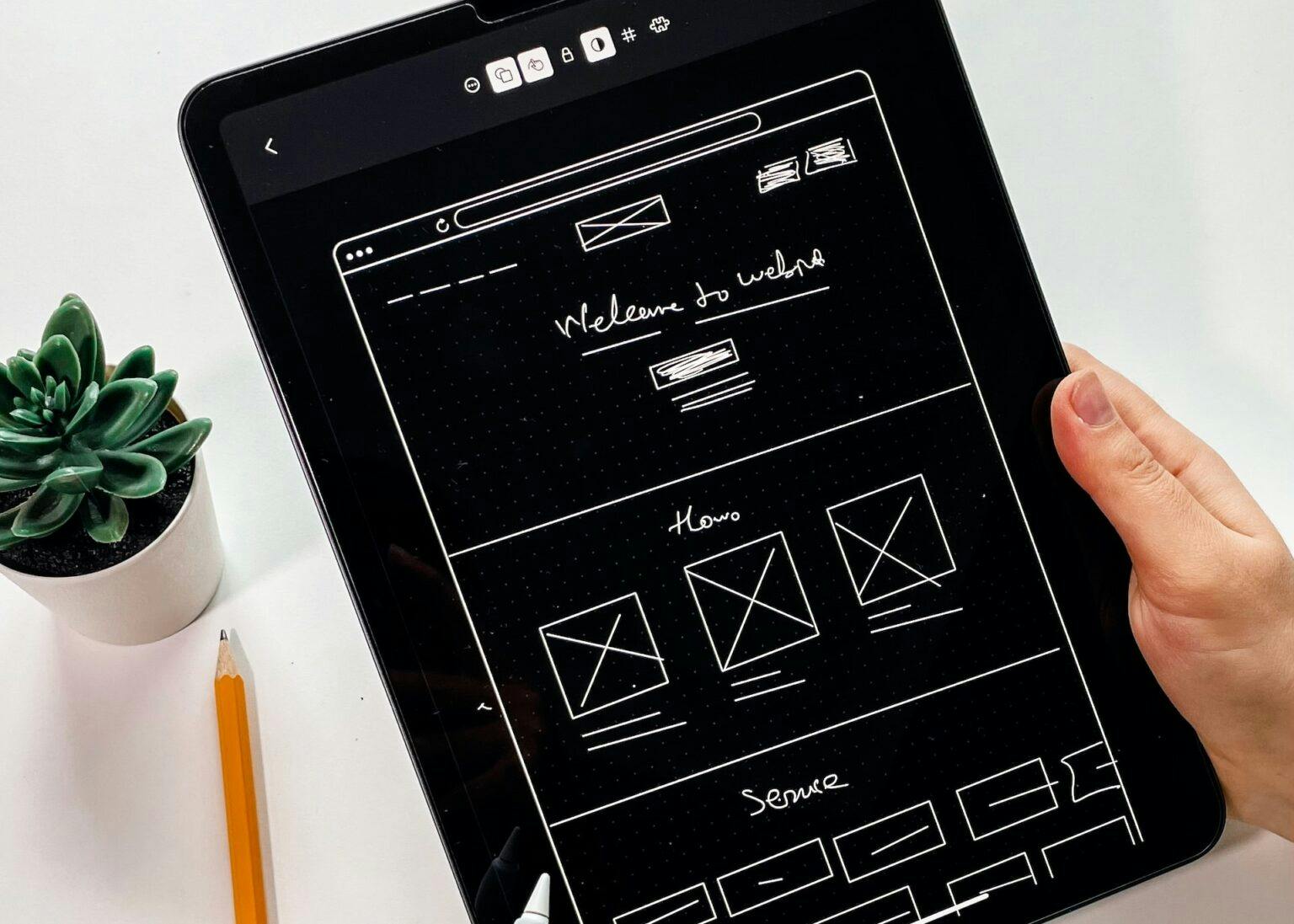The Purpose of Usability Testing Methods
Published October 5, 2020 by Bryan Miller
Designing a website that will represent your brand or business will typically be a time-consuming process wherein numerous revisions are made until you land on the final design. Among the most important elements of website design is usability testing. While much of the design process is centered around making sure that the design is aesthetically pleasing, usability testing focuses on the end user to ensure that they are provided with a functional website that delivers a great experience.
During usability testing, researchers will ask participants in the study to perform various tasks on the website interface. The researcher will then examine the behaviors that the user makes when performing such tasks. After each task is completed, the user must provide feedback. It’s during this process that you will be able to determine if your website is functional and if users enjoy site navigation.
While the goals of usability testing can differ with each website, they typically involve uncovering problems, discovering opportunities to make improvements to the design, and learning more about the preferences and behaviors of the users. Because of the many variables that can occur when creating a user interface, usability testing is essential to ensure that bugs are kept to a minimum and that the user is able to navigate the website without issue.
The individual who runs this type of testing is referred to as the facilitator. To become a facilitator, you would likely need to enter a career as a UX design team lead, a UX design researcher, or a UX strategist. This article goes through the main methods that are employed in usability testing as well as the types and costs of usability testing.
Key Takeaways:
- Usability testing is a great method that helps provide users with the proper website function and attracts the correct audience to your brand.
- There are many factors that go into usability testing but the three main elements include the facilitator, tasks, and the participant.
- Usability testing can be relatively inexpensive for the results you’ll receive, but additional costs and mistakes can add up quickly.
Elements of Usability Testing Methods

There are three core elements of usability testing methods, which include the facilitator, tasks, and the participant. The facilitator is the individual who instructs the participant on what tasks to perform during the testing. The tasks for usability testing methods are oftentimes highly varied and can include everything from using the website to speak to a customer representative to finding and ordering a specific product on the website in question.
Along with making sure that the website functions properly, usability testing is also meant to ensure that users are able to navigate to important areas of the website with just a few clicks of a button. If the website is poorly designed, the user may not reach a product page or contact page without first becoming frustrated. As for the participant, this individual should be someone who will realistically use the service or product that the usability testing is being performed on. In many cases, you want the participant to be a member of your target audience.
The Facilitator
The facilitator who is involved with usability testing is responsible for helping the participant complete the testing process. This individual will provide instructions, answer any questions that the participant may have, and ask various followup questions when necessary.
The goal of the facilitator is to make sure that the results from the test are valid and have been obtained without potentially influencing the behavior of the participant. It can be very difficult to maintain this balance during testing, which is why facilitators must first obtain extensive training. In the event that you perform remote testing without a moderator, some facilitator tasks will be performed by an application.
Tasks
While usability testing tasks can be highly varied, they are meant to mirror the kinds of actions that a user would take when visiting a website or using a product in real life. These tasks can take many forms, which means that they can be open-ended or highly specific. The kind of usability testing that you perform dictates what tasks the participant will need to complete. The types of tasks that you might require the participant to perform include:
- Purchase a pair of shoes on the website that are below $50
- Use this website to find a blue t-shirt that’s made by a specific brand
- Purchase a plane ticket that takes you to Paris from November 13-20
The task wording that’s used during usability testing should be very specific and detailed. Any errors in the wording may influence the decisions of the user or cause them to make a mistake. The instructions for a task can be provided by the facilitator verbally or via a written task sheet. Consider asking the participant to read these instructions and task notes out loud before getting started.
Participant
The participant who takes part in a usability test is someone who you are certain would use your website or product in real life. In fact, this individual may have purchased products or used an old website of yours in the past. Even if the participant has never done business with your brand before, they should have needs that your website would meet. You don’t want to conduct usability testing with someone who would never be interested in your product or website in the first place.
When conducting usability testing, the think-out-loud method is important with participants. By asking the participants to verbalize their thoughts, you will gain a better understanding of what they are thinking while performing tasks. This is a fantastic way to gain better insight into the thoughts, motivations, behaviors, and goals of your target audience.
Types of Usability Testing Methods

There are two basic types of usability testing methods that you can decide to implement with your website, which include the qualitative method and the quantitative method. When you opt for qualitative usability testing, this form of testing is centered around collecting findings, anecdotes, and insights about the participants who are involved with the test, which should make it easier for you to understand what the user wants from your website. With the results that you obtain from qualitative usability testing, you should be able to solve current problems with the user experience.
As for quantitative testing, this form of usability testing aims to collect metrics that go into detail about the user experience. A couple of the metrics that are more commonly measured during quantitative testing include time on task and task success. These metrics can prove very useful when you want to collect benchmarks. When performing qualitative testing, consider using 4-5 participants to identify the main problems that are worsening the user experience. On the other hand, quantitative testing should be performed with anywhere from 15-20 participants.
Remote vs. In-Person Testing

There are also two methods that can be used to complete usability testing, which include remote testing and in-person testing. While in-person testing is relatively straightforward and involves completing testing in a specified location, remote testing can be divided into two separate techniques, which include moderated testing and unmoderated testing.
When performing remote moderated usability testing, the facilitator will interact directly with the participant and ask them to perform various tasks. The only difference between in-person testing and remote moderated testing is that the participant and facilitator will be in different locations. For this form of usability testing, video software will need to be used, which could be anything from Zoom to Skype.
As for remote unmoderated usability testing, this form of testing doesn’t have the same amount of interaction between the participant and facilitator as moderated testing. The facilitator will be tasked with using an online tool to create written tasks that the participant will complete. The participant can complete these tasks at a later time. Along with the written tasks, the participant will be provided with task instructions and possible followup questions. Once the testing is finished, the facilitator will be provided with a video recording of the testing session that they can use to obtain results. The method that you use depends entirely on which one you prefer.
Costs of Usability Testing
A single usability test is relatively inexpensive. However, the costs can quickly add up if you don’t obtain clear results from the test, which is why it’s important that task instructions are always written correctly. In most cases, each participant will need to be paid several hundred dollars for their participation. In-person testing can occur within a simple conference room. If the test is implemented properly, it should only take around three days to complete.
During the first day of testing, you should focus on planning the study. The second day should be set aside for testing the participants who have agreed to take part in the study. On the third day, you should study the results of the test to determine if any changes should be made to the design of your website. There are times, however, when testing will cost more. For more complex and elaborate studies, you should expect to pay hundreds of thousands of dollars. Some of the things that could add to the overall cost include:
- International testing that takes place in numerous countries
- Competitive testing that goes through multiple designs
- Quantitative studies
- Testing with a variety of user groups
- The use of costly equipment to make sure that testing results are legitimate
- Requesting a detailed report and analysis of the findings
- Obtaining a focus group room or usability lab that allows other individuals to observe the testing
For advanced studies, the return on investment may still be on the higher end. However, the return on investment for more basic usability testing is typically much higher.
Usability testing is a critical component of success for any website or business. To make sure that your website design is appealing and functional, it’s important that you perform usability tests with actual people. Their feedback can be used to alter your website and fix problems with the user experience. Keep in mind that usability testing is relatively affordable unless you opt for more expensive and involved testing, which means that the benefits of performing this testing should far outweigh the costs.
Bryan Miller
Bryt Designs
Bryan Miller is an entrepreneur and web tech enthusiast specializing in web design, development and digital marketing. Bryan is a recent graduate of the MBA program at the University of California, Irvine and continues to pursue tools and technologies to find success for clients across a varieties of industries.
Subscribe to our newsletter
STAY UP TO DATE WEB DESIGN, DEV, & SEARCH MARKETING INSIGHTS & TIPS
Suggested Content
The Impact of Visual Metaphors in UX Design
Published 2023-04-24T06:00:16 by Grant Walton
Design Your Website Like a Pro: How to Create Effective Wireframes
Published 2023-03-06T06:00:00 by Grant Walton
Website Heat Maps and Utilizing them Effectively for Growth
Published 2022-01-18T13:38:37 by Bryan Miller



